As a cooperative, Sun-Maid is made up of approximately 850 family farmers who grow raisin grapes within 100 miles (160 km) radius of the processing plant. Sun-Maid also sources dried fruit beyond this geographical area. In 2012, Sun-Maid celebrated its 100th anniversary as a grower cooperative.
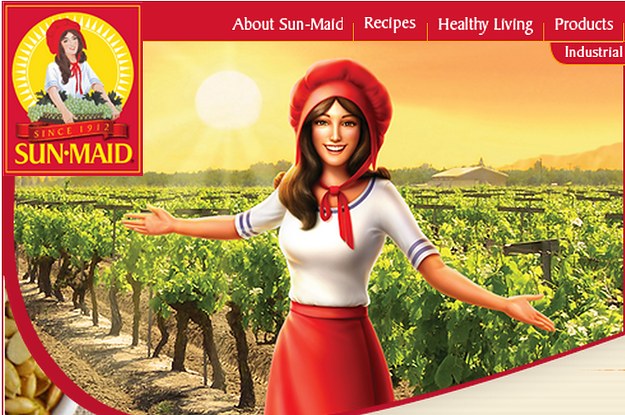
Sun-Maid raisins are packaged in a red box featuring the iconic “Sun-Maid Girl” wearing a red sunbonnet and holding a tray of fresh grapes. Sun-Maid raisins are grown in the Central Valley of California, midway between Los Angeles and San Francisco, a region known for its unique Mediterranean climate perfect for growing grapes and drying them to make raisins.
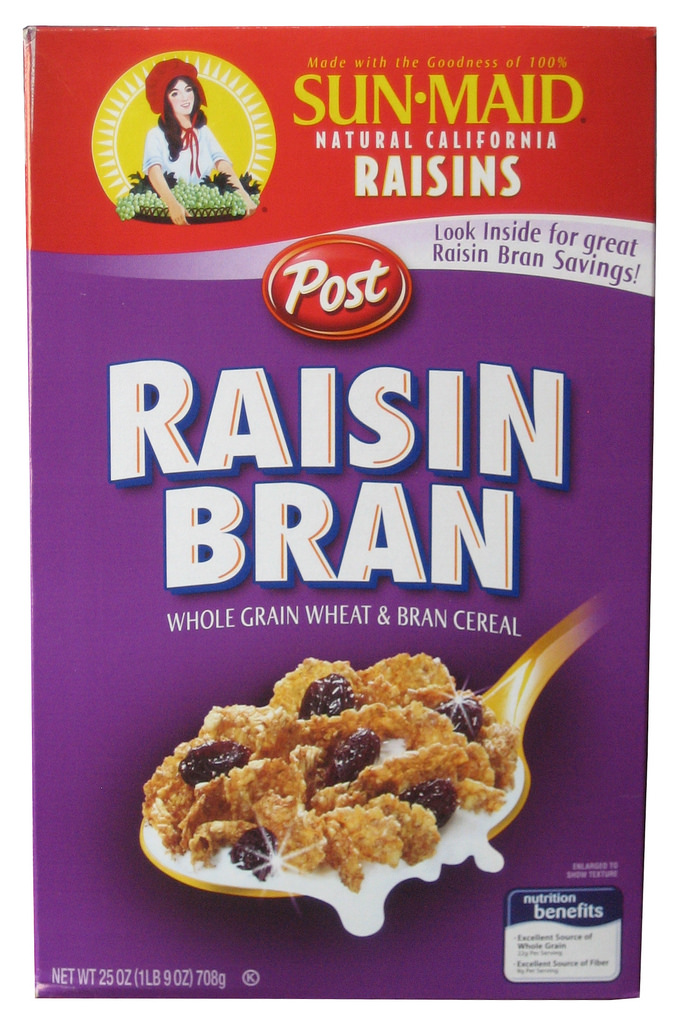
The grapes are picked at harvest time, usually late August to early September, and dried naturally in the sun, either by hand-picking them and laying them on paper trays or allowing them to dry-on-the-vine (DOV) for mechanical harvesting. After about 14 days, they are placed in bins and delivered to the Sun-Maid plant for processing, packaging and shipping to customers throughout the United States and in more than 60 countries around the world.
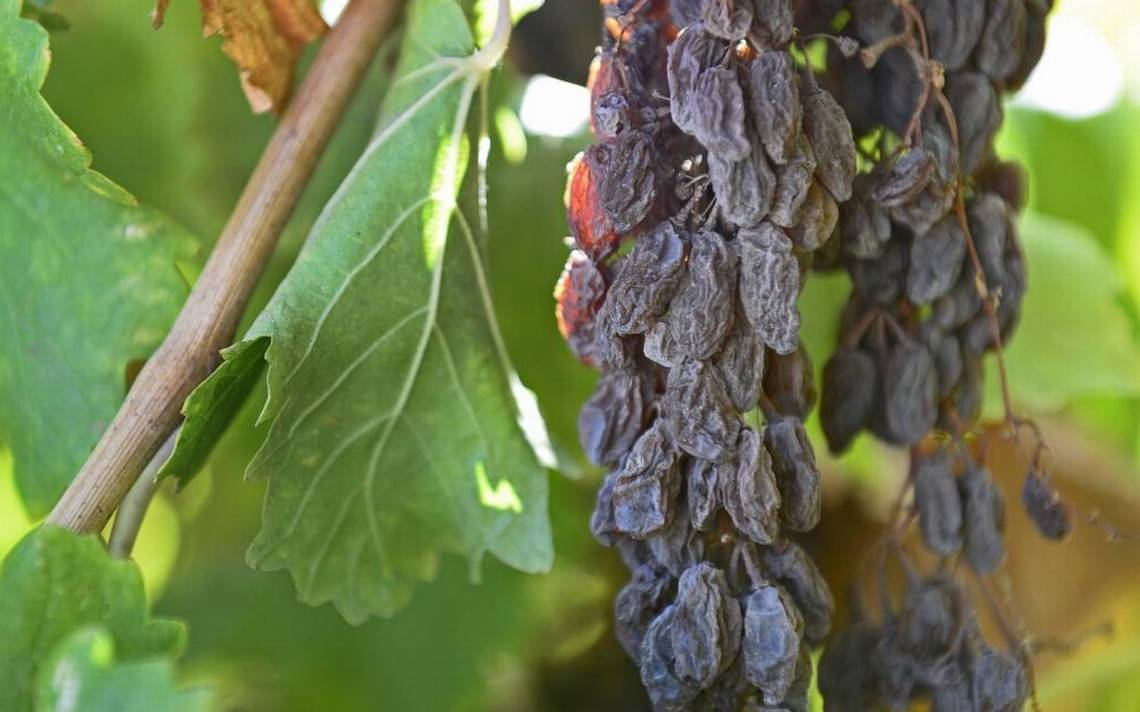
Sun-Maid produces more than 200,000,000 pounds (91,000,000 kg) of natural raisins annually. Nearly half of all Sun-Maid raisins are packed for consumer sales, whether in a box, a bag or a canister in varying sizes. The other half are sold as an ingredient to bakeries, cereal companies, as raisin paste and raisin concentrate. The Thompson Seedless grape is the most popular variety used to make raisins, although other grapes, such as Fiesta, Flame and Zante currants are also used.

In addition to raisins, Sun-Maid packs a full line of dried fruit, such as figs, dates, cranberries, apples, prunes, apricots and tropical fruits. Sun-Maid also packs yogurt-covered raisins, such as those dipped in dark chocolate, vanilla, orange cream, strawberry-Greek and cherry-chocolate flavored yogurt.
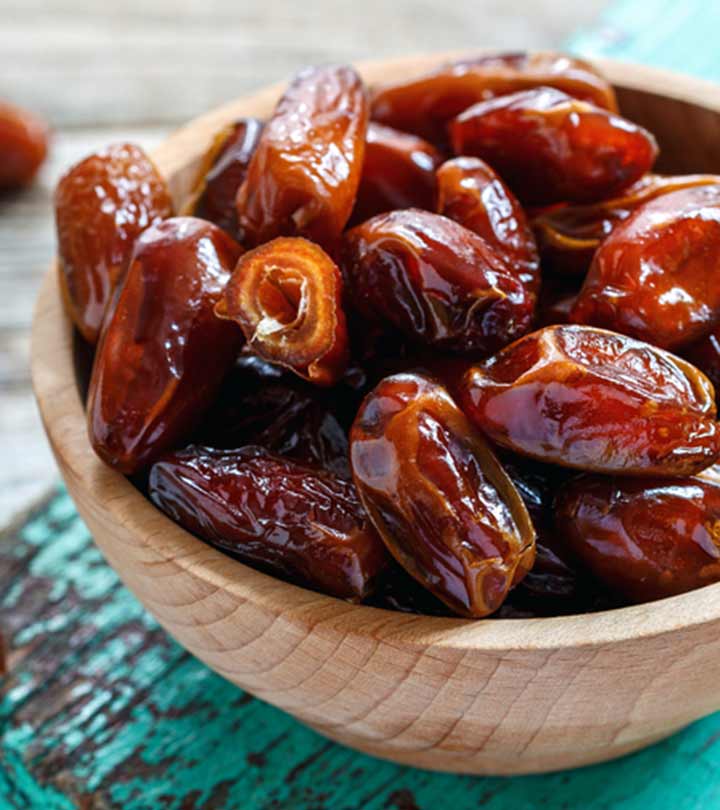
According to wikipedia



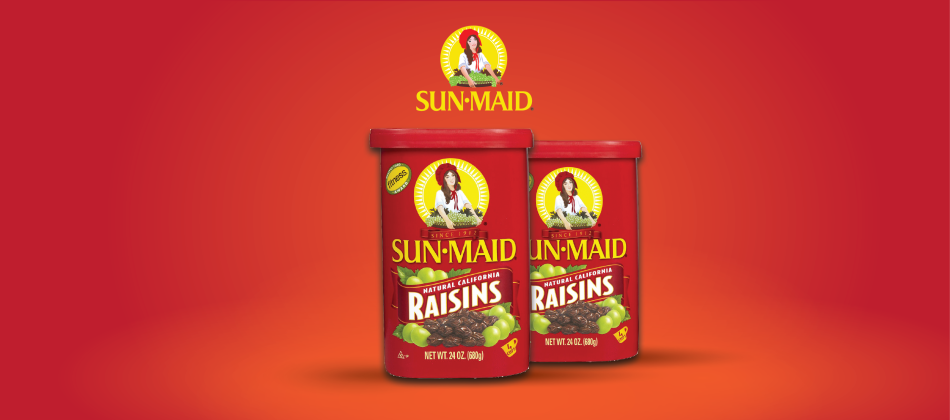




![[HONORARY PROFESSOR OF RECORD FOR PRACTICE AND EMPIRICAL RESULTS – 2024] RECORD HOLDER CHU BAO QUE (BAC GIANG PROVINCE, VIETNAM)](https://uskings.us/wp-content/uploads/2024/05/IMG_0386-218x150.jpg)